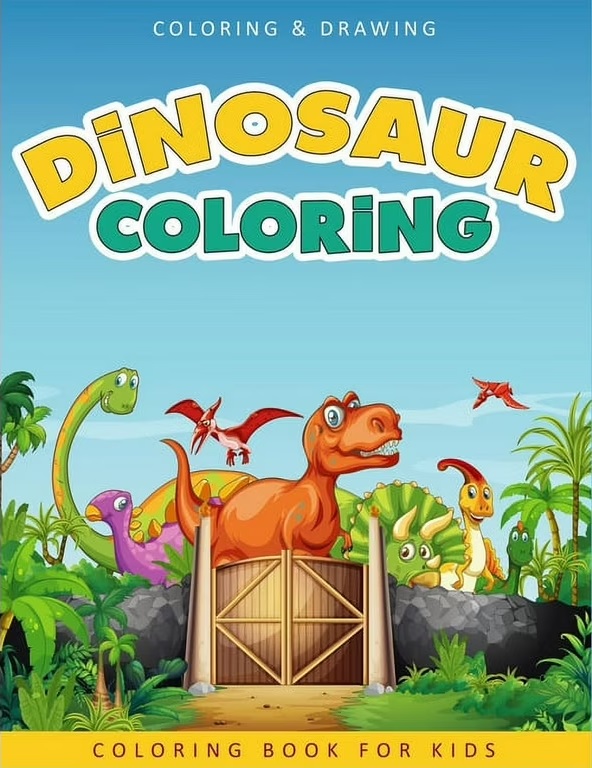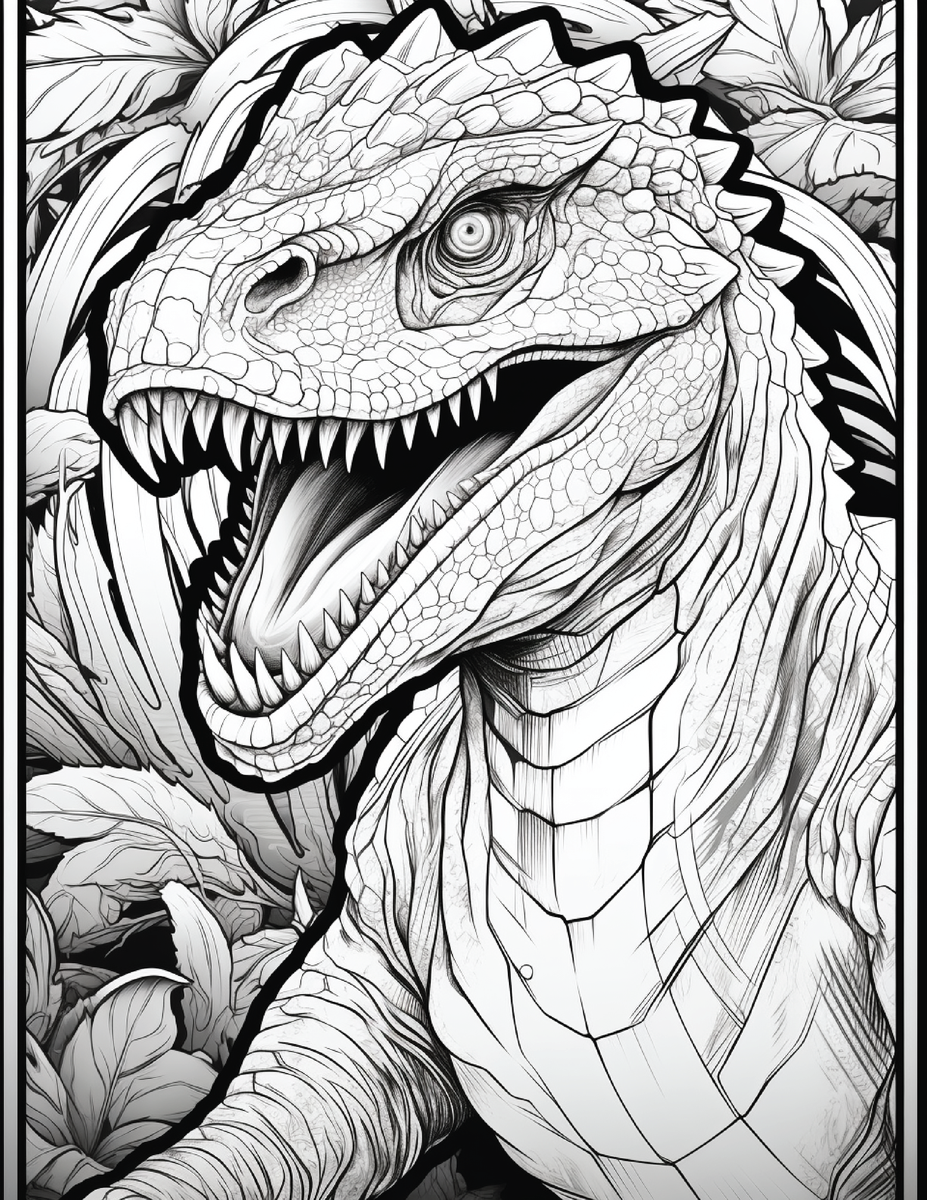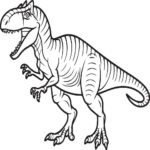The name of this dinosaur is derived from the features of its appearance. The name triceratops simply means three-horned face in Greek. As fierce as they might look with those big horns and thick legs, these dinosaurs were not hunters like the other big dinosaurs around them. They only ate plants (herbivores) and they would only defend themselves if any other dinosaurs try to attack them.

The heads of triceratops are wide and thick, it has a length of about 7 feet. The researchers are still not sure about the purpose of its thick bony frill. Some studies say that it could have been a natural defense because the frills are thick and long enough to protect their shoulders and neck, while other studies say that it could have been used to catch heat due to its curved shape. But the new studies say that the frills were probably used mainly as a display and a way of identifying the families or finding and attracting a mate (in a same way as how reindeer and goats use their antlers or horns).
Triceratopses are huge dinosaurs. They could grow 30 feet long (just a few feet shorter than a modern bus) and could weigh up to 5 tons (almost as heavy as a semi truck).
The triceratops belongs to the family of dinosaurs called ceratopcidae. There are other dinosaurs that also had the same features (the horns on the head and the thick bony frills). A few of those families are the pentaceratops (fivehorned head), centrosaurus (prickle lizard) and albertaceratops (Alberta horned face). There are several more dinosaurs of the same kind, but the triceratops was known to be the biggest amongst their family.
To Draw:
•Draw a big oval for the body of the triceratops, and then draw a smaller beanshaped oval for the head. Use simple lines for the length of the legs and the tail. Use half spheres or hoofs to create the feet. This will be the base for your triceratops.

Using the base you’ve made, convey the mass of the body and draw the bony frill. The frill is slightly concaved with a shape of a fan; overlap the portion of the neck with it. Draw the lower outline of the neck with a slightly curved line that connects to the body. The back legs should be longer than the front legs and the thigh should be thicker. The tail is thick from the hip and then gets slightly thinner as it reaches the tip.

Draw the facial features of the triceratops. Add the two long horns coming from the forehead, arced forward to the muzzle. And then add the nose horn; it should be short and also pointing forward. Place the eyes just below the two long horns. Draw a curved beak- like mouth, with the upper jaw slightly overlapping the lower jaw and also slightly extending outside the oval base of the head. Add the short but thick claws on its feet, and make some wave on the upper outline of the bony frill.

Check for any disproportions if there is any and correct them. At this point, you can now erase the base that you made earlier.


Using a pen or marker, follow the pencil outline you’ve made to make the outlines thicker and more visible. Use solid lines and make sure that you don’t make any unnecessary squiggles.

Using soft lines, draw the inner details of the face and the body. Add a couple of slanted bending lines inside the frill and short curved lines following the shape of the horns and eyes. Also apply very thin lines inside the horns to make it look rough, and then put some short small spikes along the upper outline of the frill. put some lines on the body as well to make the skin look thick. add some curved lines on the side of the triceratops’ belly, a couple of short one on the edges of the legs, slanted curves under the tails for ripples, and a circular skin ridges for the knees.

Add the body marks/prints using fine lines or expressive lines. I decided to put some irregular circles or patches with different sizes. Make sure that you are curving the shapes of the prints along with the rounded shape (dimensions) of the body as you apply them.
At this point, the outlining of the triceratops is complete and it is now ready for coloring. We are going to use two colors for the body (not including small portions such as mouth, claws and horns, which is basically gray).
Start with the darker tone. Apply the darker tone of your chosen color to the edges of the outline. Whenever you are coloring, you should always start at the edges to avoid getting your colors outside the areas. Avoid applying the colors on the body prints as well. Put some of the dark tone on the curves of the shape, such as the lines on the frill and the folds of the skin.

Fill the other areas with the brighter tone excluding the body prints. Apply the brighten tone of your color to the other remaining eras of the skin. Once again, start on the edges next to the darker tone before filling up the middle spots.

Fill the other areas with the brighter tone excluding the body prints. Apply the brighten tone of your color to the other remaining eras of the skin. Once again, start on the edges next to the darker tone before filling up the middle spots.
Once you have completed the base color (the main color of the skin), you can now apply the color of the body prints along with the other small areas.
Avoid exceeding from the outlines of the body marks. Apply the color on the sides first and then fill them up. Apply a dark gray color on the horns. Put a darker pressure when coloring the lower edges of the horns’ outline, and then lighter strokes to fill them up. Give some darker gray color for the mouth and the claws.

You can add some background once you are finished coloring the triceratops.

The triceratops lived in the same age as the tyrannosaurus rex, so it was probably their most threatening enemy. But triceratops didn’t usually wonder the forests alone. They were usually with their families and they travelled in groups. like other animals who come in hordes, their entire family would escape and charge forward whenever a family member was being attacked, using their long thick horns and heavy weight to shove things off their path including those dinosaurs who were menacing them.






